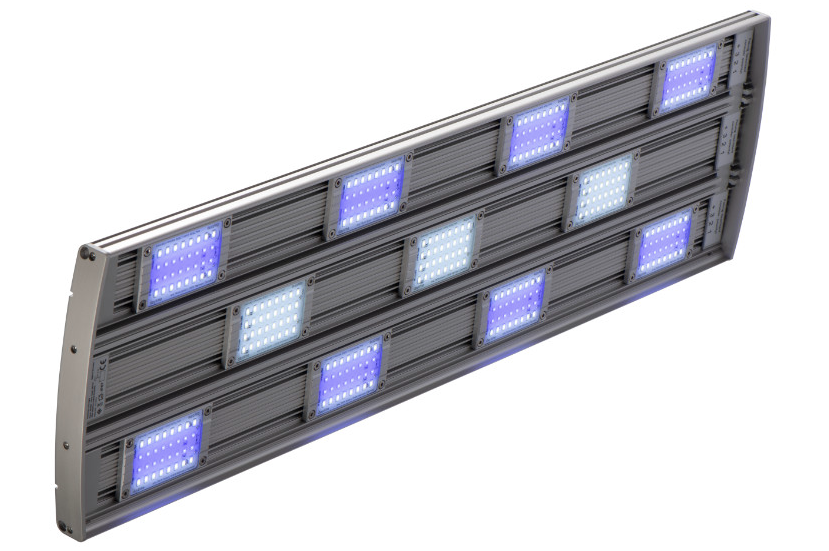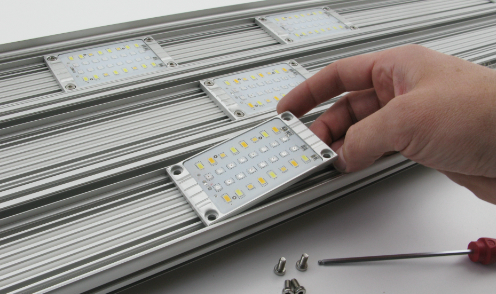They say you can’t see the wood for the trees, and in 2016 Interzoo, the world’s biggest pet trade show, was so filled with news-worthy LED lamps that these must have literally passed us by. Or we passed them by. But six years on the German-made Daytime Pendix luminaire has resurfaced on YouTube and this time it’s unique with endearing new features that have made us sit up and take notice.
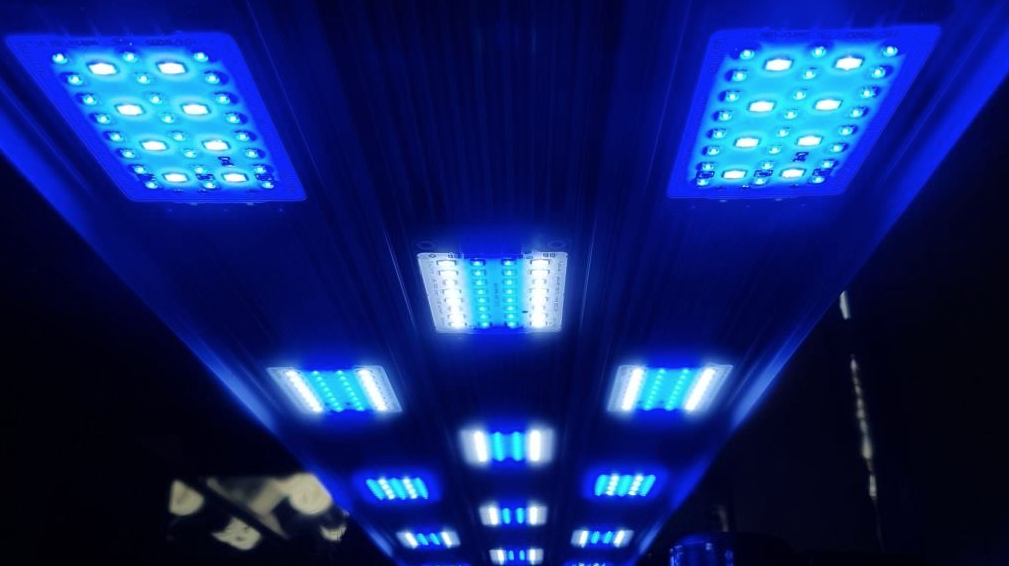
From a distance, the Pendix looks pretty much like a suspended multiple T5 unit, only take a look underneath and it houses not reflectors but extruded aluminum lighting tracks. A single cable powers three parallel tracks tucked into a flat, fanless, passively cooled housing. Ikea-style you first choose the length of the luminaire you require, from 40-300cm/15-118”, then you choose any combination of nine different light spectrum modules, then you choose how many you want – up to a maximum of nine modules for the 40cm/16” unit and 24 for the 300cm/118” unit. Once you know how many you intend to mount and run, you choose the Meanwell power supply with the wattage to suit.
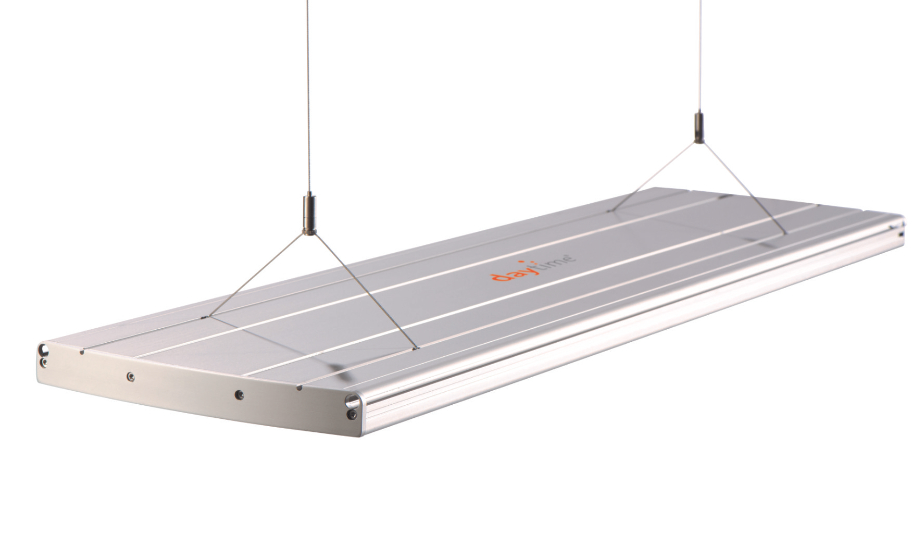
Fitting the modules
Once home turn the casing on its back, press the modules into the tracks where you want them, fasten with an Allen key and you’re live. Press the transparent splash guard into dedicated grooves in the track and you’re ready to suspend and run the unit. If you just want two modules on each of the outer tracks you can do that.
If you want two blue, then two white, then two blue modules, you can do that too. If you want red, warm white, or anything extra just push it into the track (space permitting,) and you can do it. If you want to save energy or just light a bommie Pendix lets you do that. But if you need wall to wall even light spread and coverage you can fit up to two dozen modules in the larger units and have exactly that. It’s up to you.
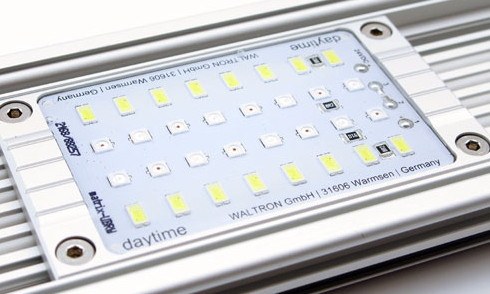
Each module is populated with 32 x 120 degree diodes that run at a maximum of 10 watts per module. Pendix can be populated with either freshwater or saltwater spectrums which vary from a very warm 4000K to a Royal Blue 440-455nm. If you’re not sure what to run on your reef then the Ultra Blue White module is a safe bet with a 3:1 ratio of 24 x 440-455nm diodes and 8 x 8000K Ultra white, which can then be controlled independently as separate blue and white channels. If you want to mix in some red you can do that too, but green, violet and UV-A are absent from the otherwise versatile arrays.
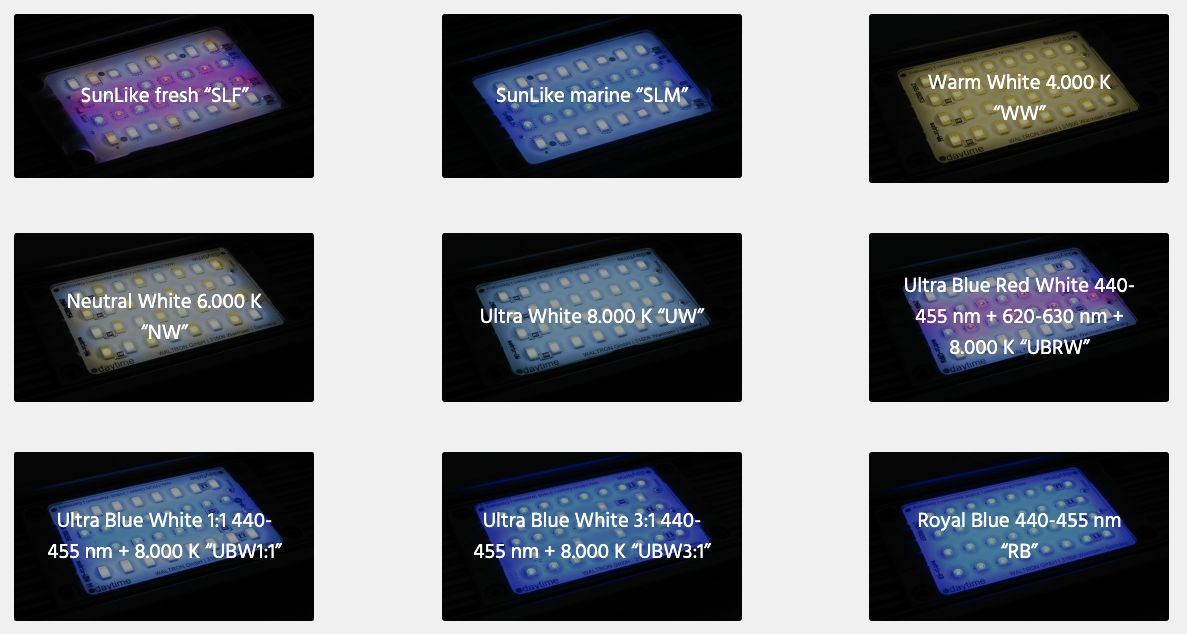
Control
Pendix can be controlled either by a basic wired controller or wirelessly via a separate wireless module and an app for phone or tablet, and has most of the control functions we’ve come to expect including sunrise, sunset, 100-0% dimming, programming, storm functions, and demo mode. Although from what we can tell there are only three color control channels – white, blue, and red. And by the very nature of the unit, if you don’t fit modules populated with blue or red you won’t get to control them either. Note all controllers, just like the power supplies and the light modules, are purchased separately. Buy yourself a Pendix housing at what seems like a good price and you’ll get exactly that. An empty shell.
Verdict
For the length of time these things have been around we’re surprised not to have seen wider distribution and usage of them. They scream German engineering and can be fitted out to produce high PAR and usable spectrum, and all from neat, precision-made PCBs you can fit in your pocket and pick up off a peg in your LFS like you would a tube of superglue or a lettuce clip.
We can imagine ourselves buying one last coral to squeeze into a space and an extra light module at the same time to sit over it and illuminate it. They even produce a single track light bar too called Matrix, and have done for years. There’s even the all-important tank mount available as an accessory, something that, when absent, dramatically narrows the number of potential users, and it even comes in black. But does it all come at a price?
Well-known German retailer White Corals has bundled together everything you need to get started, with prices in Germany ranging from €889/$1015 for the 40cm/16″ model with five modules, to €1948/$2224 for a 130 model complete with 17 light modules. Light modules are €49.50/$57 when purchased separately.
Not the cheapest when you compare watts of light output for your buck, but not ludicrously expensive either. These may just appeal to those who like to stand out for lighting their reef differently, those who like to physically play with their equipment, or those who can’t resist a quality European import.
